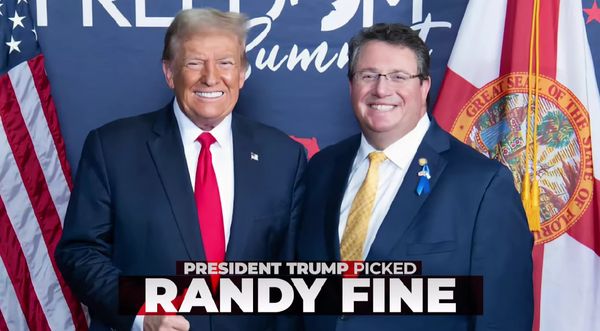
President Donald Trump has fulfilled a campaign promise by imposing a 10% tariff on all Chinese imports into the United States, as part of broader trade measures affecting Mexico and Canada. In response, Chinese officials have vowed to file a complaint with the World Trade Organization and take corresponding countermeasures. The Chinese Ministry of Commerce stated that the tariffs violate WTO rules and that China will defend its rights.
Unlike Mexico and Canada, which swiftly pledged retaliatory tariffs, China's response has been less concrete. This could be attributed to warming relations between Beijing and Washington, with President Trump expressing a desire to work with Chinese leader Xi Jinping on various issues.
The 10% tariffs are milder than initially suggested by Trump, who has linked them to concerns about Chinese involvement in the fentanyl trade. The US administration is awaiting the results of a trade investigation before potentially imposing further duties on China.



China's response has been conciliatory, emphasizing balanced trade and global rule adherence. While the country may consider additional trade countermeasures, it appears to be adopting a cautious approach for now.
Both countries have implemented export controls and tariffs in recent years, with potential for further escalation depending on future developments. China has been diversifying its trade relationships to reduce reliance on the US market, mitigating the impact of tariffs.
Overall, the situation reflects a complex interplay of economic and geopolitical factors, with both sides seeking to navigate trade tensions while preserving their respective interests.







